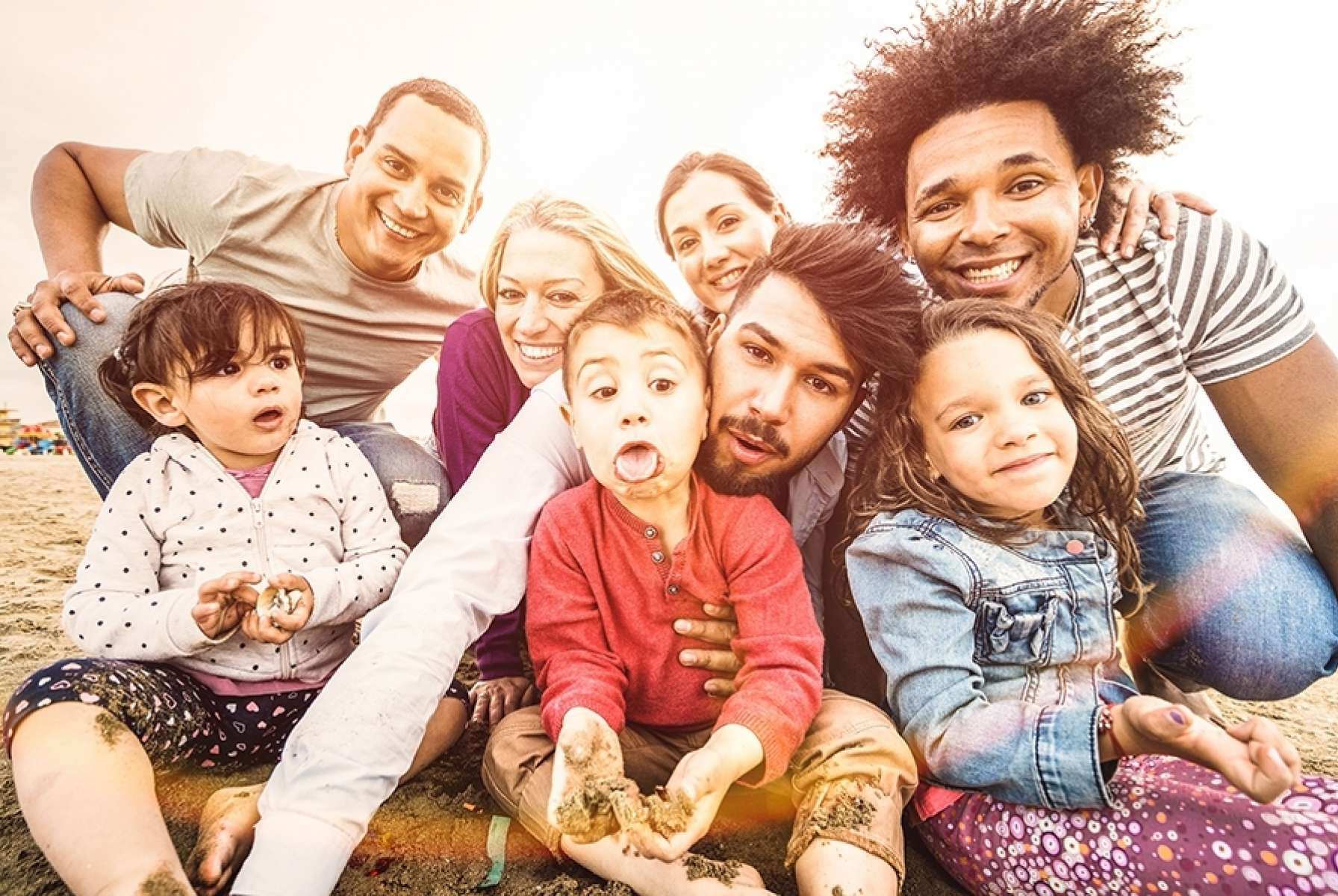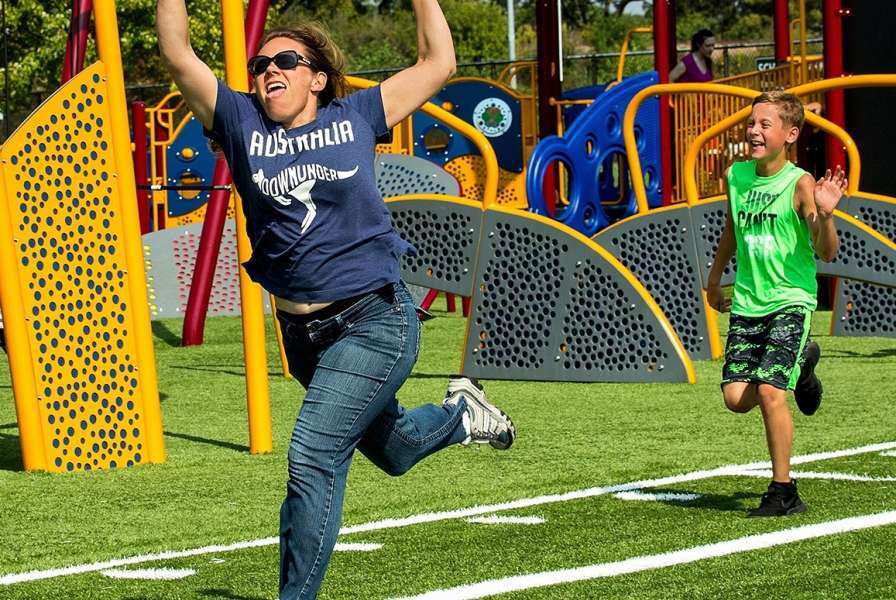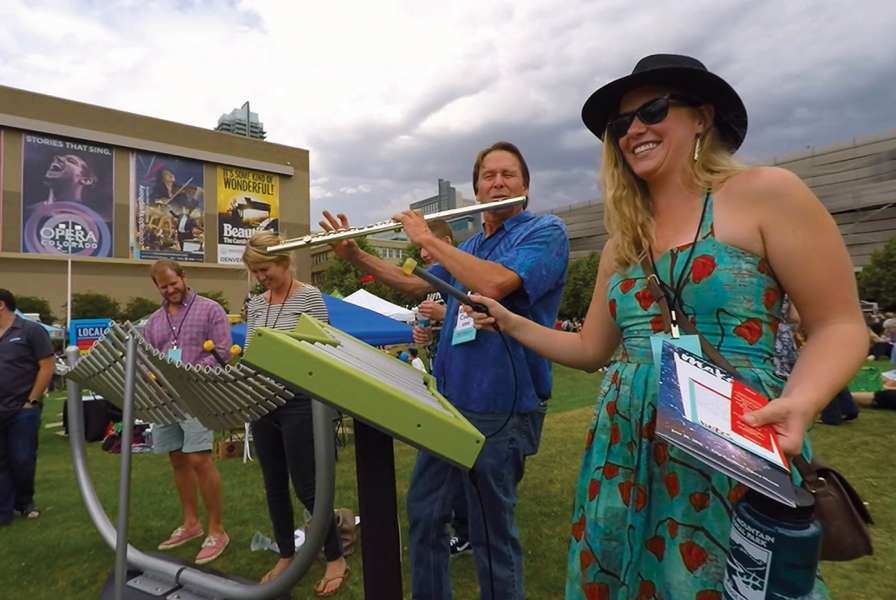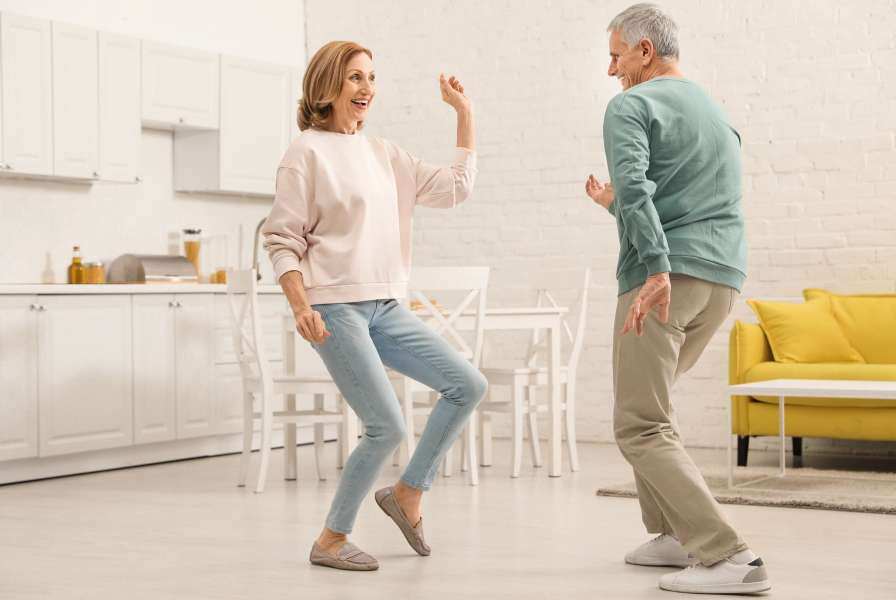In this blog, I’ll focus on as yet obscure, but nonetheless significant, aspects of play science, namely, play and epigenesis - the importance of playfulness in the life of the expectant mother for the long-term benefit of both her and her developing child in the womb, and even beyond them to affect deeply the subsequent offspring of this in-utero child. This is a new dimension focusing on the positive effects of play from before birth throughout the entire human life cycle and to generations beyond the present one. Wow! Not the usual way we see play behavior! (Naturally, the play behavior of an expectant mother should be fine-tuned to reduce any possibility of an injury.) Seems a stretch, but the evidence is accumulating, and reviewing it here allows us to see what contemporary science predicts. I will connect the scientific evidence with what I know about the beneficial effects of play, and hope that the reader will connect this “deep” but somewhat speculative information about play and its capacities to lessen stress to this growing body of information about play, as well as re-emphasize its importance and place in the lives of all of us demonstrating that play is a public health necessity.
In short, epigenesis is a name for changes to our genetic endowment that is the result of environmental experiences. Where the common thinking is that genes are fixed and cannot be modified, that is a too narrow way of seeing genetic inheritance. Yes, the basic DNA genetic code that is our unique individual pattern remains intact, like our fingerprints or eye color from generation to generation, but many of our 20,000+ genes can be activated or rendered dormant due to environmental influences. But how and when a gene susceptible to environmental manipulation gets activated or is kept dormant or can be uniquely transformed by environmental influences is at the heart of the science of epigenesis.
To quote from an article by Nessa Carrey-Epigenetics is the new discipline that is revolutionizing biology. Whenever two genetically identical individuals (like identical twins) are nonidentical in some way we can measure, this is called epigenetics. When a change in environment has biological consequences that last long after the event itself has vanished into distant memory, we are seeing an epigenetic effect in action.
When scientists talk about epigenetics they are referring to all the cases in which the genetic code alone isn’t enough to describe what’s happening—there must be something else going on as well.
Most of the current knowledge of epigenesis has been to specify the long-term pre and post-natal consequences that focus on the negative effects of stress, starvation or environmental toxins (like the fetal alcohol syndrome, lead in the water supply, etc…) The specifics of the molecular chemistry that identifies these epigenetic changes has been currently more and more identified. This means, and the majority of good science currently demonstrates, that severe negative life experiences leave their marks that persist even beyond the generation that these environmental experiences happened. The detailed long term follow up by Dutch Scientists since the Nazi induced famine of 1944 has shown that this stress has been particularly significant for the starving pregnant mother and her third trimester fetus in utero. While the Dutch winter of 1944 and its deleterious effects have been meticulously studied and the negative prevalence of depression, obesity, type 2 diabetes, and other major health and mental health issues are the result on the mother and subsequent generations, no comparative human studies on the positive epigenetic effects of high play, low stress, safe and well fed pregnancies have been conducted. Especially those studies that demonstrate the positive and enduring epigenetic multigenerational effects of low stress and good health during the positive pregnancies that are the optimum for safe and well nourished young mothers. However, the evidence of long term play’s positive effects on prebirth low stress, good nutrition pregnancies in both the human and animal worlds does indeed demonstrate the long term multigenerational effects of good pregnancy conditions.
The science for human play and lowered stress throughout our lifespans is just getting started. Fortunately, there are, however meticulous animal stress and play studies that provide evidence that positive epigenetic transmission occurs when play is allowed in controlled animal experimental settings. Alternatively, high stress, low play environments and the multigenerational effects of these toxic objectively researched animal controlled environments echo negatively for foreseeable generations in these animal studies, with many of the same physiologic effects clearly operative in us and our animal cousins. So common sense suggests that similar effects apply to our human species. Thus, for these controlled animal studies, (unethical to consider doing them with humans) both positive and negative epigenetic changes and play related positive animal outcomes allow this play science to be hypothetically applied to suggest that low stress, healthy play for pregnant to-be-human mothers is an Rx that is good common sense with sufficient science to promote healthy, safe individualized play into the lives of all pregnant women.
It is my view that mothers who are less stressed will benefit their unborn babies by positively inducing epigenetically induced health-enhancing traits, with individually appropriate play included as necessary. While the science of stress-induced multigenerational problems has been informing us of the damage stress creates, the stress reducing effects of play have not yet fully entered widespread prenatal advice. Prenatal vitamins, along with good nutrition, avoidance of alcohol, removal of toxic environmental contacts, etc. are generally dogma for expectant mothers. Yet the positive effects of PLAY produces benefits for the mother, her unborn child, and that child’s future offspring. Wow again!









